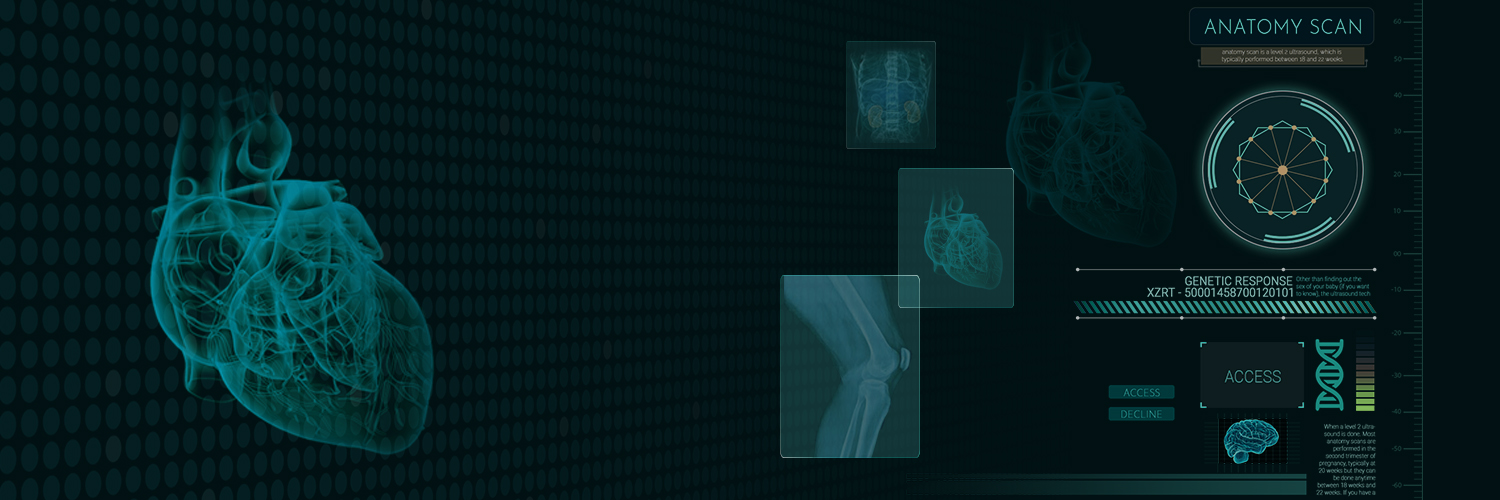EVOLUTION
- Evolution is the sequence of gradual changes which take place in the primitive organisms over millions of years to produce new species are produced.
- Evolution can be defined as the changes in the genetic composition of a population with the passage of each generation.
- Evolution may be small-scale or large-scale evolutions.
- Small-scale evolutions refer to the changes in gene frequency and large-scale evolutions refer to different species having a common ancestor.
- All the plants and animals (or organisms) which we see today around us have evolved from some or the other ancestors that lived on this earth long, long ago.
EVOLUTION SHOULD NOT BE EQUATED WITH PROGRESS
- Variation is the root cause of evolution that gives the organism better chance of survival in its habitat.
- Evolution is not a ladder of progress but a by-chance process.
- According to the concept of natural selection or ‘survival of the fittest’, individuals who are unfit were weeded out.
- So, evolution deals with how an organism ensures its existence in its environment and is not about perfection.
- Evolution is just the production of diversity of life forms and shaping of this diversity by the environmental selection.
- The only progress in evolution appears to be that more and more complex body designs of organisms have emerged over the ages.
- Evolutionis the progressive alteration in inherited traits over a large span of time, usually over generations due to environmental factors like temperature, climate, availability of resources, etc.
- Evolution was necessitated when an organism required to utilize a niche and they were not able to do so with their existing body design or structural components.
Origin of Life on Earth
- Evolution gives a better understanding about how the species became extinct, about their habitats and how new species are produced.
- There is an inbuilt tendency to variation during reproduction process. T
- The main responsible factors are the combination of genetic material from two parents and error in DNA copying during sexual reproduction.
- Haldane also suggested from theoretical considerations that life (or living organisms) originated in the sea water.
Difference between Change and Evolution
Change may refer to the falling of leaves from trees, a human losing weight, hair fall, etc. But these do not play any sort of role in evolution. Only the changes that are passed down during genetic inheritance play a part in this transformation.
Theory of evolution leads to the conclusion that all life on Earth shares a common ancestor who probably lived millions of years ago and gave rise to the immense diversity as it exists today. Evolutionary theory suggests that trees, humans, dolphins and everything else on this diverse planet are related.
Causes and Mechanism
The mechanisms of evolution occur due to various reasons that focus on:
- Variation, differential reproduction, and heredity result in evolutions by natural selection.
- Different species affect each other evolution through co-evolution.
- The heritable genetic differences which are carried to the next generation.
- Four fundamental forces of evolution include natural selection, genetic drift, mutations, migration and gene flow.
Evolution can occur due to various reasons. Natural selection is an advantage for survival that altered certain shared characteristics of the population, as the population might not have been exponential. So, some of their genetic frequency can be changed by near-fatal accidents in a small group of organisms, even when those offer no advantage for their survival. This concept of genetic drift is a process that causes diversity but not any survival adaptations.
EVOLUTION AND CLASSIFICATION
Evolution is the successive modification in inherited traits usually over generations that has resulted in a huge biodiversity. Classification is the way to handle these diversifying organisms.
Living organisms were classified based on characteristics like their similarities and dissimilarities. Characteristics are the appearance/form and behavior/function of something that decide which organism will belong to which group. For example, a dog has limbs but a snake does not. Also, both can move but a plant cannot. These are characteristics of different organisms and such behaviors classify them into different groups.
The cell is the fundamental unit of every organism and is a common characteristic of all living organisms. The number of organisms sharing common characteristics becomes lesser as we go up the levels. Thus, more the number of common characteristics shared between two species, more closely related they are and more recently they have had a common ancestor.
